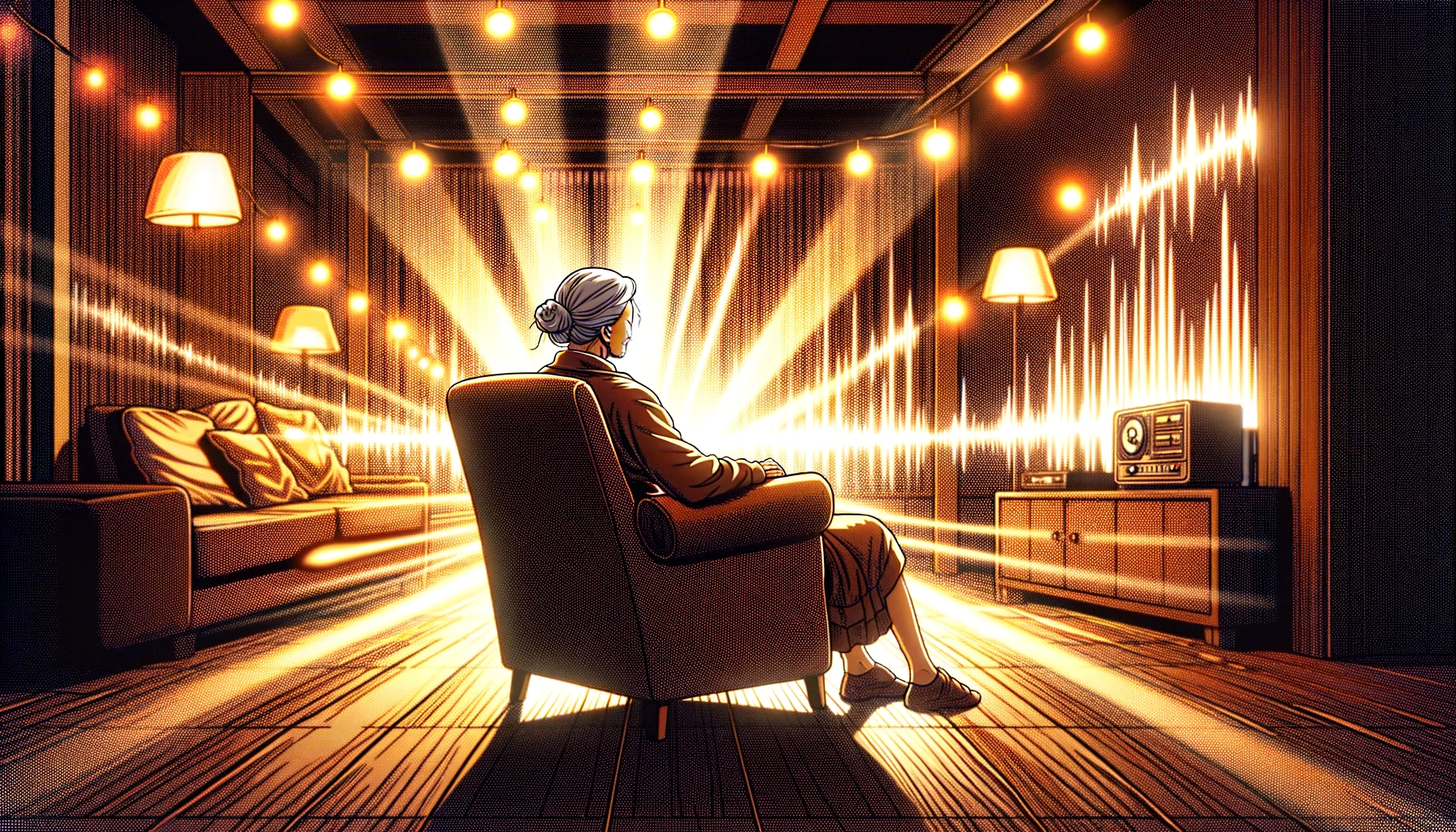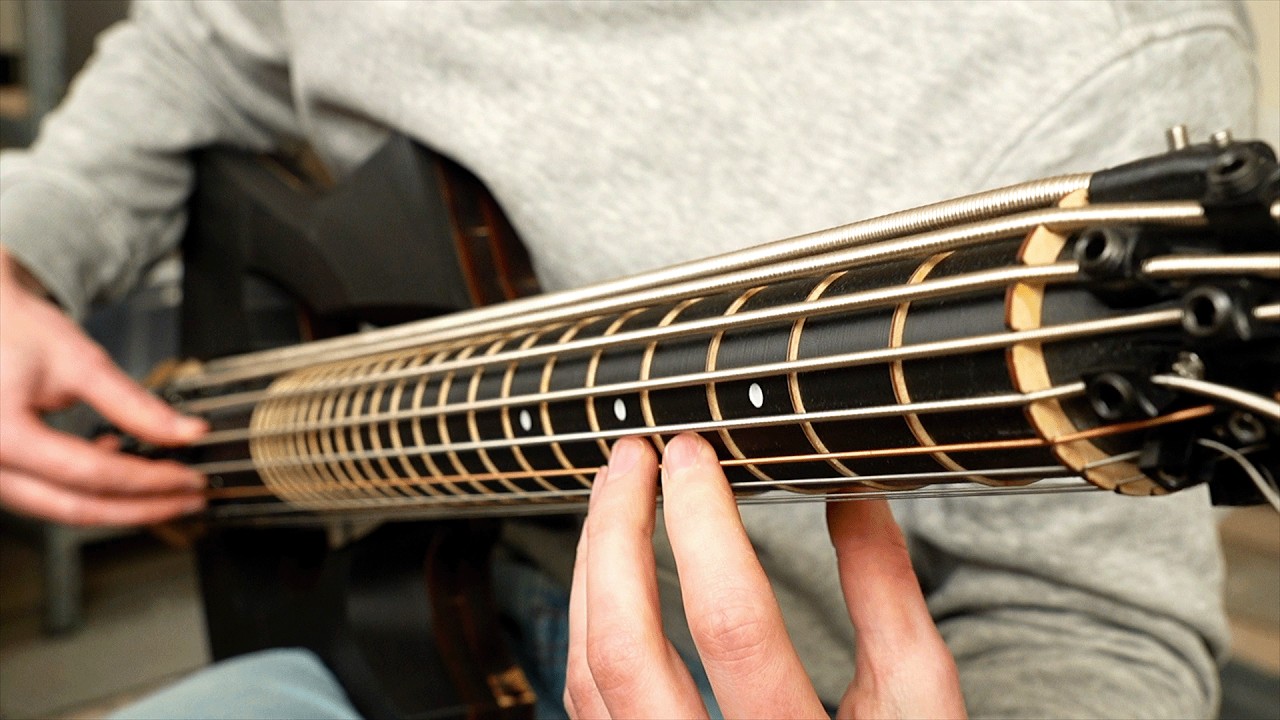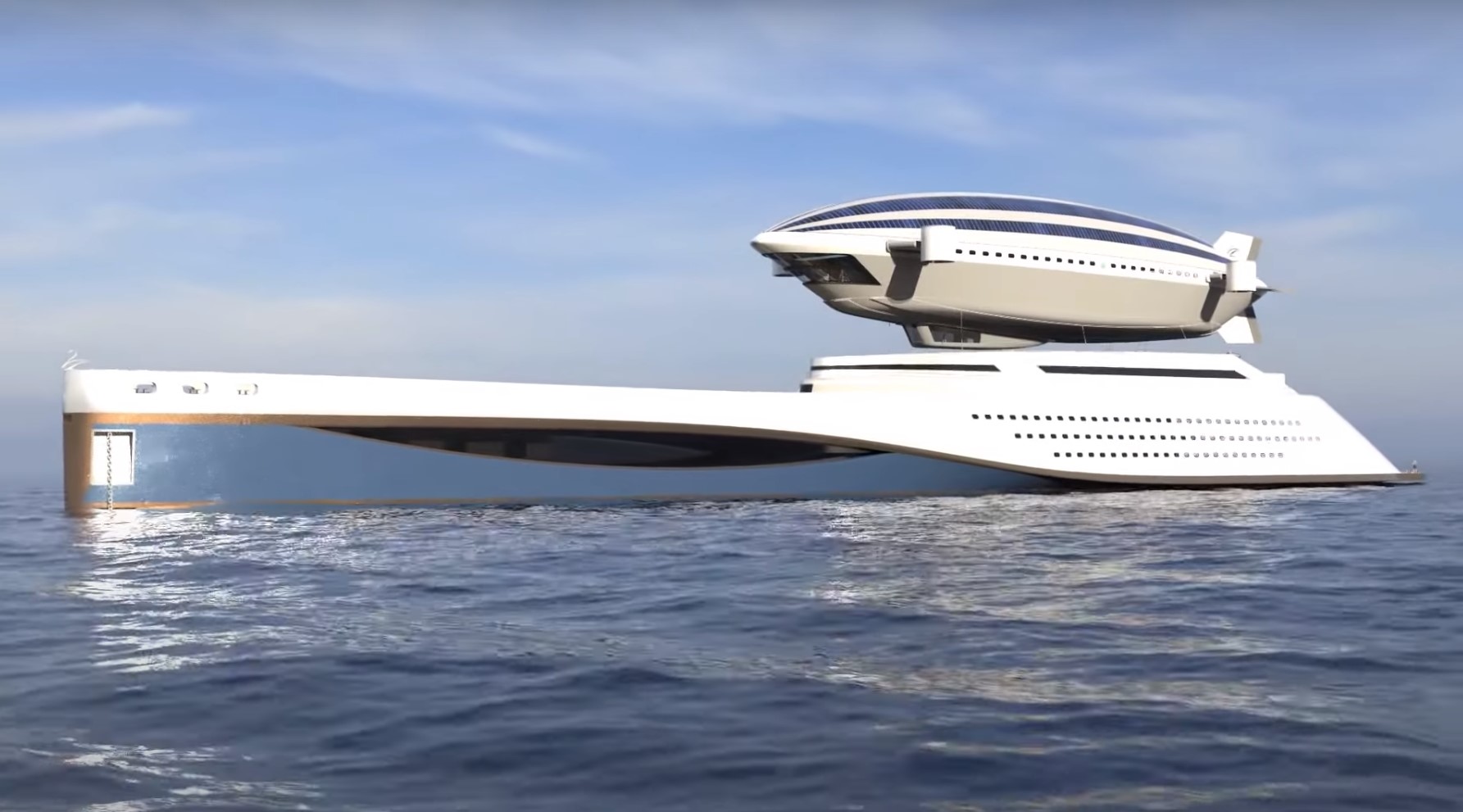From Pohang University of Science & Technology (POSTECH) 07/03/24
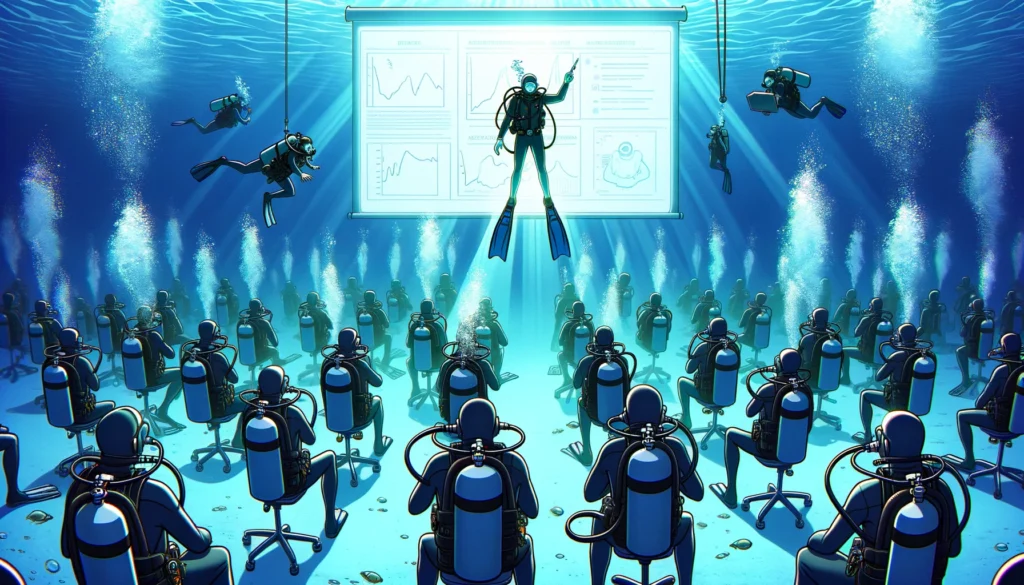
Optical properties of afterglow luminescent particles (ALPs) in mechanoluminescence (ML) and mechanical quenching (MQ) have attracted great attention for diverse technological applications.
Recently, a team of researchers from Pohang University of Science and Technology (POSTECH) has garnered attention by developing an optical display technology with ALPs enabling the writing and erasure of messages underwater.
The team, comprised of Professor Sei Kwang Hahn and PhD candidate Seong-Jong Kim from the Department of Materials Science and Engineering at the POSTECH, uncovered a distinctive optical phenomenon in ALPs.
Subsequently, they successfully created a device to implement this phenomenon.
Their research findings have been recently published in the international journal Advanced Functional Materials.
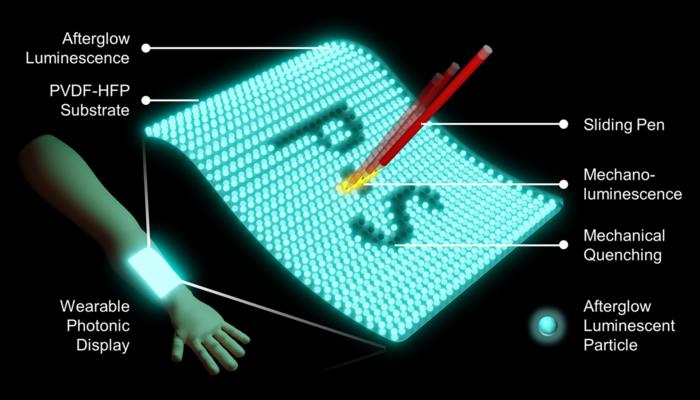
ALPs have the capability to absorb energy and release it gradually, displaying mechanoluminescence when subjected to external physical pressure and undergoing mechanical quenching where the emitted light fades away.
While there has been active research on utilizing this technology for optical displays, the precise mechanism has remained elusive.
In this research, the team delved into the impact of trapped electrons and recharging on both mechanoluminescence and quenching.
They successfully unraveled the mechanisms governing both phenomena.
Building on this understanding, they combined ALPs capable of simultaneously realizing both phenomena with a very thin polymeric material (PVDF-HFP).
This combination resulted in the creation of an optical display patch that can be attached to the skin.
The display patch had the capability to convey information through writing with a small amount of pressure applied by the finger.

When exposed to ultraviolet rays, the patch resets to a blank state, similar to erasing content from a sketchbook using an eraser.
Additionally, the display touchscreen exhibits resistance to humidity and maintains functionality even when submerged underwater for prolonged periods.
Professor Sei Kwang Hahn who led the research stated, “It could serve as a communication tool in situations with limited communication options such as underwater environments characterized by low light or high humidity.”
He further remarked, “It would be also used for wearable photonic biosensors and phototherapy systems in extreme environments.”
The research was conducted by the financial support from the Basic Research Program, the Korea Medical Device Development Fund and the Biomedical Technology Development Program of the National Research Foundation of Korea, and POSCO Holdings.


